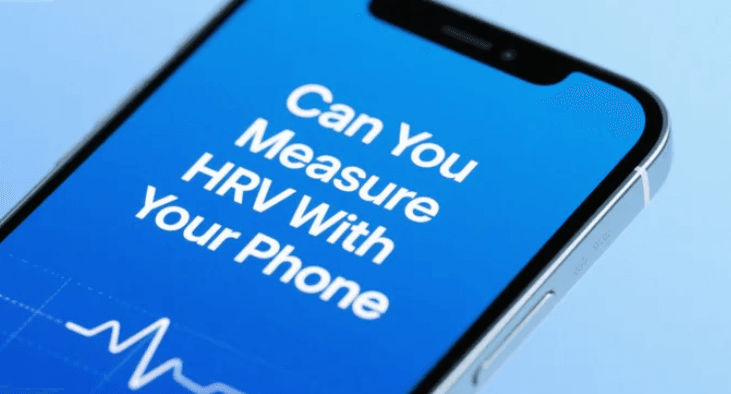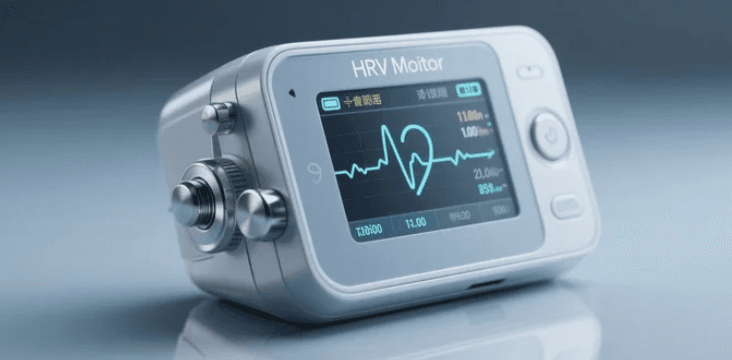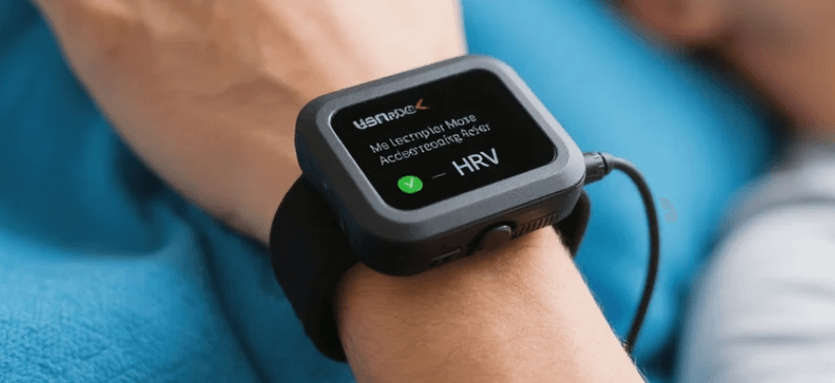What is an HRV Monitor? Benefits, Uses, and How It Works
What is an HRV Monitor?
HRV, or heart rate variability, refers to the variation in time between each heartbeat. While the heart might appear to beat at a regular pace, there's actually a natural variability between heartbeats, and this variability can provide significant insight into your autonomic nervous system, stress levels, and overall cardiovascular health.
An HRV monitor is a device or app that records and analyzes your heart rate variability. These monitors have become increasingly popular among fitness enthusiasts, athletes, and anyone interested in improving mental and physical well-being. But what exactly do they track, and why are they so useful?
How HRV Works
Your body is constantly adjusting to internal and external stimuli. HRV is one way to observe how your nervous system responds to these stimuli. A high HRV generally indicates that your body can efficiently switch between stress (sympathetic nervous system) and recovery (parasympathetic nervous system). In contrast, low HRV may suggest that your body is under stress, fatigue, or even illness.
Monitoring HRV can give you real-time feedback on how your body is coping with exercise, recovery, sleep, and daily stressors. It's one of the few non-invasive ways to gauge internal balance and health performance.
Why Is HRV Monitoring Important?
Tracking HRV can be a game changer for managing stress, improving athletic performance, and preventing burnout. Here are a few specific reasons to monitor your HRV:
- Stress Management: HRV provides a scientific measurement of your body's stress response.
- Sleep Quality: Poor HRV readings can signal inadequate recovery or sleep disturbances.
- Fitness and Training: Athletes use HRV to prevent overtraining and optimize recovery.
- Early Warning Signals: HRV changes can signal illness, fatigue, or other health concerns before symptoms appear.
Different Types of HRV Monitors
HRV monitors come in various forms, from wearable devices to smartphone apps. Here are the most common types:
Wearable HRV Devices
Wearables like chest straps, smartwatches, and fitness bands (such as the WHOOP strap or Polar H10) are capable of tracking HRV. These devices are usually paired with companion apps that help interpret the data.
Smartphone-Based HRV Apps
Some apps allow you to measure HRV using your phone’s camera or by connecting to external heart rate sensors. These apps provide real-time feedback and long-term tracking features.
Recommended App: Bodywave
If you're looking for a reliable and user-friendly HRV tracking app, the Bodywave app is a great choice. It offers real-time heart rate variability analysis, stress monitoring, and actionable insights. With a clean interface and personalized recommendations, Bodywave makes it easy to take control of your well-being through daily biofeedback.
How to Use an HRV Monitor
Using an HRV monitor is simple, but consistency is key. Here’s a basic guide on how to get started:
- Choose a device or app: Make sure it's compatible with your needs and offers accurate HRV readings.
- Measure consistently: For the most reliable data, measure at the same time every day, preferably in the morning after waking up.
- Understand the metrics: Many apps provide a baseline score and offer daily guidance based on your trends.
- Act on the data: Adjust your workouts, sleep, or stress management strategies based on your HRV score.
What Affects HRV?
Several lifestyle and environmental factors can influence HRV, including:
- Sleep: Lack of quality sleep can significantly lower HRV.
- Exercise: While exercise can improve HRV over time, intense or frequent training without recovery can reduce it.
- Hydration and Nutrition: Poor dietary habits and dehydration can have a negative impact on HRV.
- Mental Stress: Psychological stress is a major contributor to low HRV.
Benefits of Regular HRV Tracking
Once you establish a routine for monitoring HRV, you'll start to notice patterns that can inform your lifestyle choices. For example:
- You'll recognize early signs of burnout or overtraining.
- It becomes easier to detect whether your body is in a good state for physical activity or rest.
- You’ll be able to proactively manage your stress levels and improve your mental health.
HRV Monitoring for Athletes
Athletes benefit tremendously from HRV monitoring. By tracking daily HRV readings, they can plan high-intensity workouts for days when their bodies are well-recovered and scale back when HRV indicates fatigue or stress. This approach leads to better performance, fewer injuries, and longer careers.
HRV in Mental Health and Stress Management
One of the most promising areas of HRV use is in the realm of mental health. Therapists and mental wellness coaches are beginning to use HRV as part of biofeedback techniques to help clients manage anxiety, depression, and chronic stress. Apps like Bodywave help facilitate this by offering a portable, easy-to-use HRV solution that works on your phone.
HRV Data Interpretation: What’s a Good Score?
HRV is highly individual. A “good” score for one person might not be the same for another. That said, here’s a general idea of HRV ranges:
- High HRV: Suggests good autonomic function and recovery
- Moderate HRV: Normal variation but may indicate some mild stress
- Low HRV: Indicates stress, fatigue, or potential health issues
Most apps and wearables will track your baseline HRV over time and notify you of any significant deviations, allowing for more personalized insights.
Conclusion: Should You Use an HRV Monitor?
If you’re serious about improving your physical health, mental clarity, and overall well-being, HRV monitoring is worth exploring. Whether you're an athlete, a stressed professional, or someone recovering from illness, HRV offers unique insight into how your body is functioning.
Using tools like the Bodywave app makes tracking your HRV effortless and informative. With just a few taps on your phone, you can gain a deeper understanding of your body and take real steps toward better health.







BodyWave: Invest in Your Well-being!

